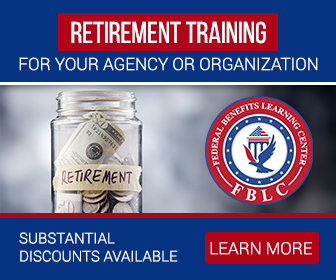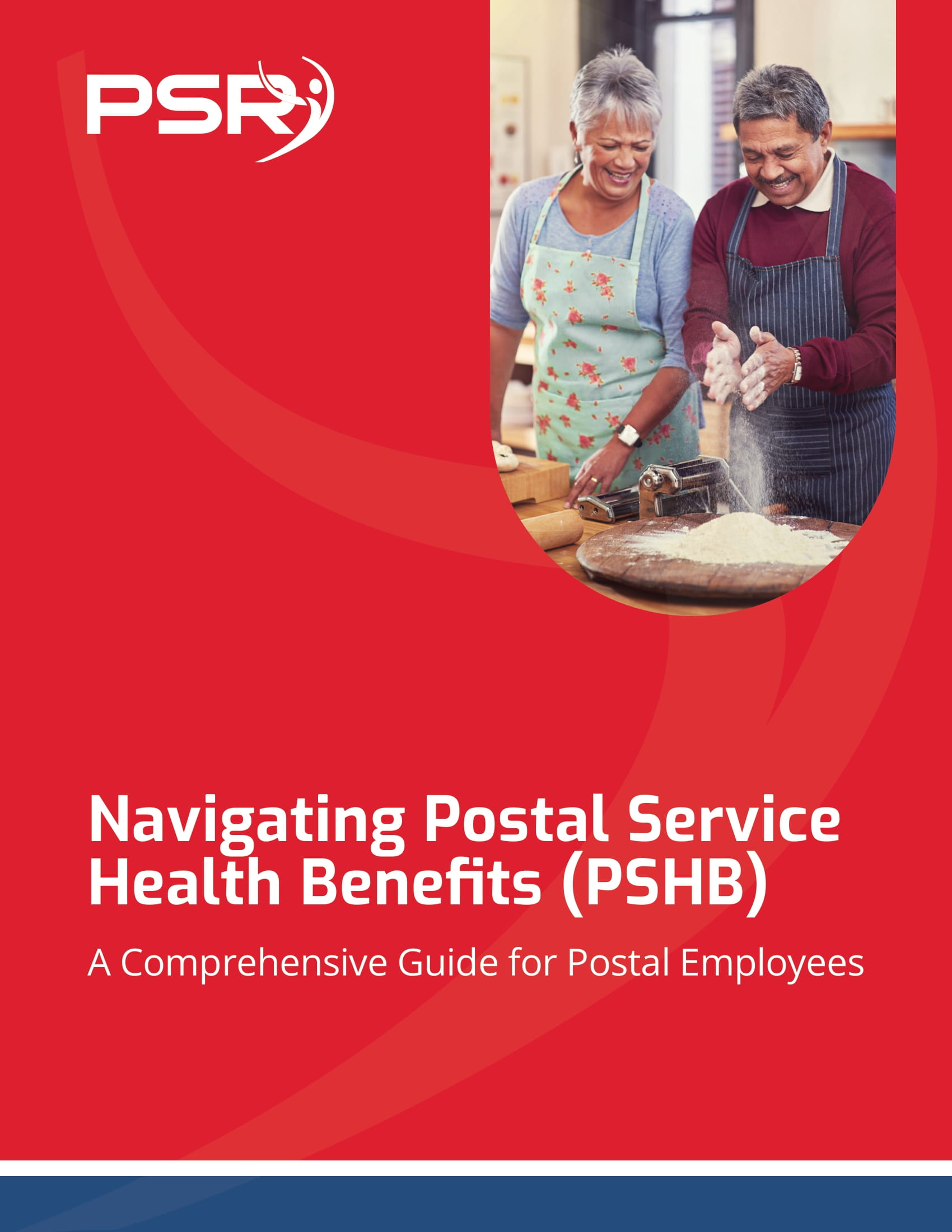Key Takeaways
-
Learn how to safeguard your Thrift Savings Plan (TSP) against market volatility by employing diverse investment and withdrawal strategies.
-
Discover ways to balance growth potential and risk management to secure a stable retirement income.
Understanding the Importance of TSP in Your Retirement Portfolio
As a federal employee, your Thrift Savings Plan (TSP) is a cornerstone of your retirement savings. With its low administrative costs, tax advantages, and employer contributions, the TSP offers a robust platform for building long-term wealth. However, market volatility can challenge even the best-laid plans, making it essential to adopt strategies to protect your investments while ensuring growth.
Diversification: The First Line of Defense
- Also Read: Are You Eligible for the Federal Employee Retirement System (FERS)? Find Out Here
- Also Read: Why TSP Withdrawal Options Might Be More Flexible Than You Think for Federal Retirees
- Also Read: The Top Federal Employee Benefits You Should Be Tapping Into Right Now
Market fluctuations are inevitable, but you can cushion their impact by diversifying your TSP portfolio. Diversification involves spreading your investments across different asset classes to reduce risk. The TSP offers five core funds:
-
G Fund: Government securities with no risk of loss.
-
F Fund: Fixed income index fund.
-
C Fund: Common stock index fund, mirroring the S&P 500.
-
S Fund: Small-cap stock index fund.
-
I Fund: International stock index fund.
Allocating your contributions across these funds ensures you’re not overly reliant on one sector. For instance, pairing the stability of the G Fund with the growth potential of the C or S Fund can balance risk and reward.
When to Rebalance Your Portfolio
Rebalancing your portfolio periodically is crucial to maintaining your desired asset allocation. Market shifts can cause your investments to drift from your original strategy. Consider rebalancing annually or during significant life events, such as nearing retirement.
Leveraging Lifecycle Funds for Automatic Adjustments
If managing your portfolio feels overwhelming, TSP’s Lifecycle (L) Funds offer a hands-off approach. These funds automatically adjust their asset allocation based on your expected retirement date. For example, the closer you are to retirement, the more conservative the fund becomes, prioritizing capital preservation over growth.
Choosing the Right Lifecycle Fund
Pick a Lifecycle Fund based on your anticipated withdrawal date. If you’re retiring in 2045, the L 2045 Fund will align with your timeline, gradually shifting from aggressive to conservative investments as you approach retirement.
Protecting Against Inflation
Inflation erodes the purchasing power of your retirement savings. To counteract this, include funds with growth potential in your portfolio. The C, S, and I Funds typically outpace inflation over time, providing a hedge against rising costs. Balancing these with the G Fund ensures stability while still allowing for growth.
Regular Contributions and Catch-Up Options
Continue contributing to your TSP regularly, even during market downturns. In 2025, the contribution limit for TSP is $23,500, with an additional $7,500 catch-up contribution for those aged 50 or older. Employees aged 60-63 benefit from an enhanced catch-up limit of $11,250, enabling a total contribution of up to $34,750.
Managing Market Volatility
Market changes can be unsettling, but understanding how to respond can make all the difference. Here are some key strategies:
Dollar-Cost Averaging
By consistently investing a fixed amount into your TSP, you’ll buy more shares when prices are low and fewer when prices are high. This approach smooths out market fluctuations over time.
Avoid Emotional Decisions
When markets drop, it’s tempting to move your investments to safer funds. However, selling during a downturn locks in losses. Instead, stay the course and focus on your long-term goals.
Withdrawal Strategies to Minimize Risks
Once you’ve retired, managing your withdrawals is just as important as saving. A well-planned withdrawal strategy ensures your savings last throughout your retirement.
Required Minimum Distributions (RMDs)
In 2025, TSP participants must begin taking RMDs by April 1 of the year following the year they turn 73. Failing to take RMDs can result in steep penalties, so plan accordingly.
The 4% Rule
Many retirees follow the 4% rule, withdrawing 4% of their portfolio annually to ensure their savings last 30 years. Adjust this percentage based on market conditions and your individual needs.
Partial Withdrawals vs. Monthly Payments
The TSP allows partial withdrawals or setting up monthly payments. Partial withdrawals offer flexibility, while monthly payments provide consistent income. Combining both methods can adapt to changing financial needs.
The Role of Roth Contributions
Roth TSP contributions can provide tax-free income in retirement, offering a hedge against future tax increases. Unlike traditional TSP contributions, Roth contributions are made with after-tax dollars, but qualified withdrawals are tax-free.
Balancing Traditional and Roth Contributions
Diversifying between traditional and Roth TSP contributions can offer flexibility in managing taxes during retirement. Consult a financial advisor to determine the optimal mix for your situation.
Monitoring and Adjusting Your Plan
Regularly reviewing your TSP account ensures your strategy remains aligned with your goals. Use the TSP’s online tools to:
-
Track fund performance.
-
Update your contribution allocations.
-
Adjust your withdrawal settings.
Seeking Professional Guidance
If you’re uncertain about your investment strategy, consider consulting a financial planner familiar with federal benefits. They can provide tailored advice to help you navigate market changes and optimize your retirement savings.
Preparing for Healthcare Costs
Healthcare expenses are a significant consideration in retirement. Coordinating your TSP withdrawals with Medicare and FEHB can help cover these costs without depleting your savings. Retirees often use the G Fund for stable, predictable withdrawals to meet healthcare expenses.
Factoring in Long-Term Care
Long-term care insurance or dedicated savings can protect your TSP from being drained by unexpected medical costs. Planning for these expenses early ensures financial security later.
Tax Implications of TSP Withdrawals
Understanding the tax implications of TSP withdrawals is essential to avoid surprises. Traditional TSP withdrawals are taxed as ordinary income, while Roth TSP withdrawals are tax-free if certain conditions are met.
Strategies to Reduce Taxes
-
Utilize Tax Brackets: Spread withdrawals over several years to avoid pushing yourself into a higher tax bracket.
-
Consider Roth Conversions: Converting some traditional TSP funds to a Roth account during low-income years can reduce future tax burdens.
Maximizing TSP Matching Contributions
If you’re still working, ensure you’re contributing enough to receive the full employer match. This is essentially free money that accelerates your retirement savings. In 2025, matching contributions remain a vital component of your TSP growth.
Adapting to Economic Changes
The economic landscape continuously evolves, affecting interest rates, inflation, and market performance. Stay informed about these changes and their impact on your TSP investments. Adjust your strategy as needed to stay ahead.
Responding to Interest Rate Changes
Interest rate fluctuations affect bond prices and, consequently, the F Fund. Monitor economic trends and consider reallocating funds to maintain balance.
Protecting Against Economic Uncertainty
Diversifying into the G Fund during uncertain times can shield your investments from market volatility. Pair this with growth-focused funds for a balanced approach.
Planning Beyond the TSP
While the TSP is a significant component of your retirement plan, it’s not the only one. Consider how Social Security, FEHB, and other savings integrate with your TSP.
Social Security Timing
Delaying Social Security benefits increases your monthly payment. Coordinate this decision with your TSP withdrawals to optimize your income.
Combining FEHB with Medicare
Most retirees keep their FEHB coverage and enroll in Medicare at age 65. This combination reduces out-of-pocket healthcare costs, preserving your TSP balance.
Building a Resilient Retirement Plan
Protecting your TSP from market changes requires a proactive and flexible approach. By diversifying your portfolio, staying informed, and adopting smart withdrawal strategies, you can safeguard your savings and enjoy a financially secure retirement. Take control of your future by revisiting your TSP strategy today.









